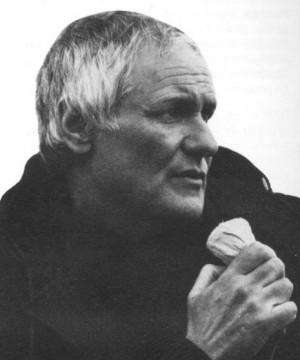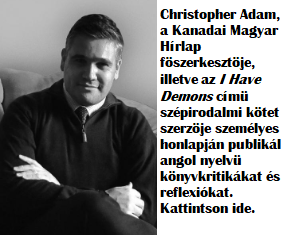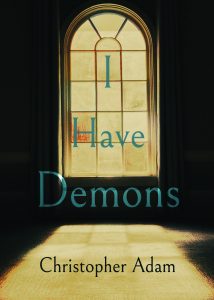Pacific Cinémathèque to screen Miklós Jancsó films in Vancouver

Miklós Jancsó
Pacific Cinémathèque is preparing to present a four-film retrospective on Miklós Jancsó, among the great directors of 1960s European cinema. One of the masters of widescreen composition and elaborately choreographed long-take sequence shots, Jancsó’s fervid, transfixing, highly stylized and intensely formalist films are noted for their balletic, brutal study of repression, rebellion and revolution. Power and politics are destructive forces in Jancsó’s singular cinema, which is highly allegorical and can approach abstraction in its use of ritual, spectacle, massive scale and geometrical patterning to depict human events. His dramas explore, obsessively, turbulent events of Hungary’s past history; the historical settings serve as pretexts for Jancsó’s true subjects: repression in the contemporary, post-1956 Hungary in which he lived; and, more universally, our capacity as humans to inflict very great cruelty upon one another.
Jancsó was the recipient of a Special Prize for his entire body of work at Cannes in 1979 (he had won the festival’s Best Director award in 1972 for Red Psalm), and was accorded a similar honour – a Golden Lion for Lifetime Achievement – at Venice in 1990. It is no exaggeration to say that he was one of the world’s leading filmmakers in the 1960s and early 1970s. That Jancsó is less well known today speaks to the shifting winds of critical fashion, but also reflects the fact that his films – which demand to be viewed on the big screen – have simply become difficult to see: good 35mm prints of Jancsó ‘s works have not been available in Canada or the U.S. for decades. This presentation features new 35mm prints, imported from Hungary, of four of Jancsó’s greatest achievements.
The four films to be screen in Vancouver include The Round-Up (1965), The Red and the White (1967), Red Psalm (1972), as well as Silence and Cry (1967). All four films are in Hungarian, with English subtitles.
The Round-Up (Szegénylegények)
Miklós Jancsó’s international breakthrough came with this unusual, hypnotic historical drama, hailed by fellow Magyar director Zoltán Fábri as „perhaps the best Hungarian film which has ever been made.” In the 1860s, forces of the Austro-Hungarian Empire round up a group of peasants and, through a ritualistic process of interrogation, torture and execution, attempt to weed out partisans who had participated in Hungary’s 1848 revolt against Habsburg rule.
The Red and the White (Csillagosok, katonák)
Miklós Jancsó was commissioned by the Soviets to make a film commemorating the 50th anniversary of the Russian Revolution. A co-production between Hungary and the USSR, the film is set during the Civil War that followed the Revolution, and concerns a group of Hungarian volunteers fighting for the Bolshevik side against White Russian forces. An epic back-and-forth struggle unfolds on a vast, expansive plain; each side commits atrocities as it gains the upper hand. The film showcases Jancsó’s gift for panoramic pageantry, intricate camera movement, and geometric abstraction, and his interest in the rituals of power, the mechanics of dominance and submission. Neither the extreme formalism nor the anti-heroic content could have thrilled the Soviets, who first re-edited the film and then banned it.
Red Psalm (Még kér a nép)
Jancsó won Best Director honours at Cannes for this dizzying, dazzling film which recounts, in fervid, balletic, bloody fashion, and with much pageantry (and nudity), a farm workers’ rebellion on a large Hungarian estate in the late 19th century. Jancsó’s circling, swirling, incessantly moving camera captures the drama with breathtaking kinetic and metaphoric force; this 88-minute film is composed of a mere 28 shots, each demonstrating the director’s bold, rhythmic command of the expressive extended take.
Silence and Cry (Csend és Kiáltás)
An elliptical, claustrophobic drama shot in the brilliant, breathtaking long takes that are Jancsó’s trademark, Silence and Cry is set after the fall of the short-lived Hungarian Soviet Republic of 1919. A young Red soldier, fleeing the anti-Communist manhunt, takes refuge at the isolated farm of a peasant family. His reluctant hosts are already under police scrutiny for being politically suspect. The local White commander is aware of the soldier’s presence but, for personal reasons, keeps it a secret. The soldier discovers that the farmer is being poisoned, slowly, by his wife and her sister.
Screenings will take place April 1-6, 2009. For more precise screening dates and times, call: 1-604 688 FILM.






Comments are closed